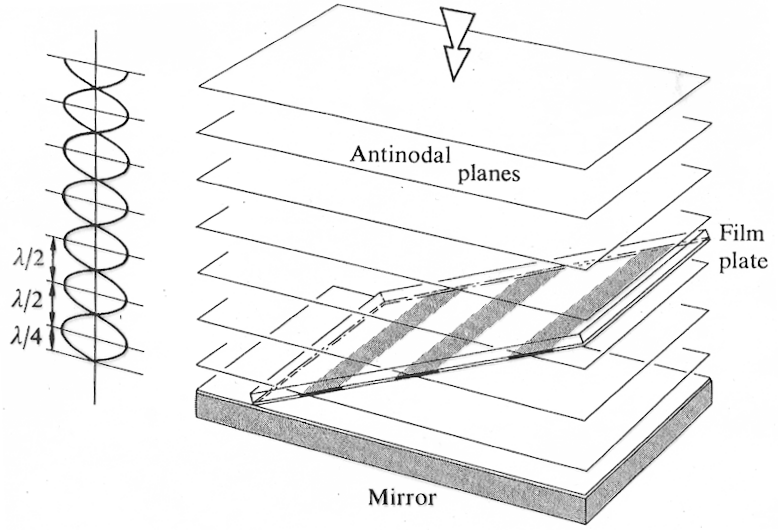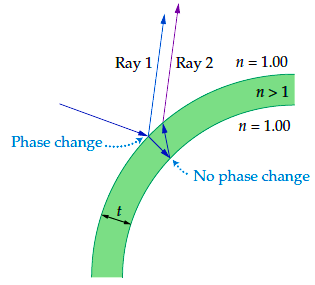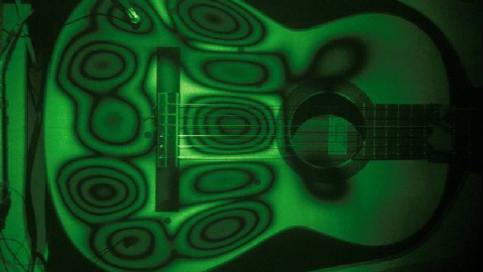
- gratings (Many slit and
spectrometer applets)
Example #1
Example #2

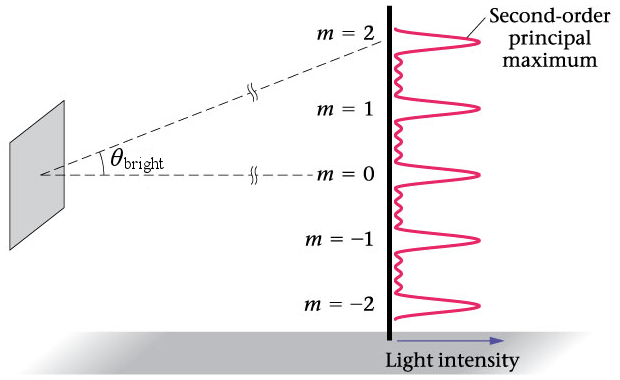
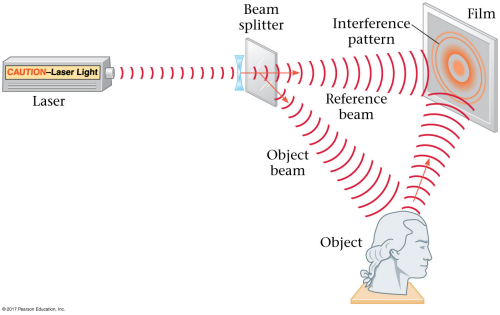
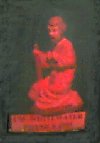
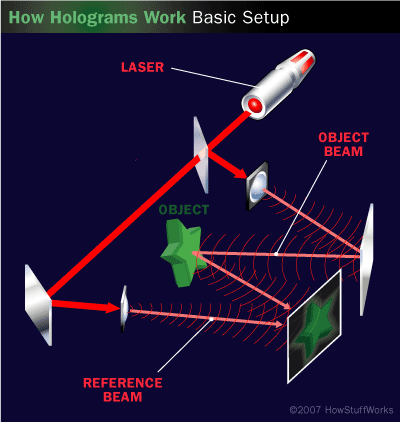
Example #3
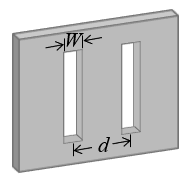

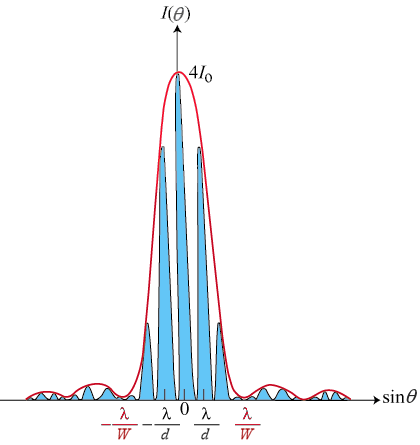
Two slit interference pattern, slits of width W separated by
distance d and illuminated by wavelength λ. What you see
is the Young's interference pattern modulated by the
single-slit diffraction pattern.
A student who masters the topics in this lecture will be able to:
- describe how diffraction gratings are able to separate colors of light into a spectrum that spans angles from 0° to 90° from the incident beam
- use algebra to find the grating slit separation d, angle to a bright fringe θbright, order number m, or wavelength λ for a diffraction grating when any three of these quantities are given
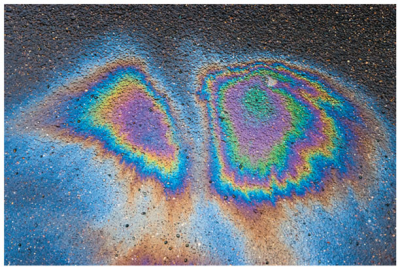 A. greater than
A. greater than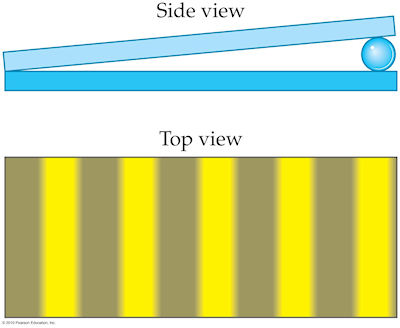 A. 23.4 nm
A. 23.4 nm